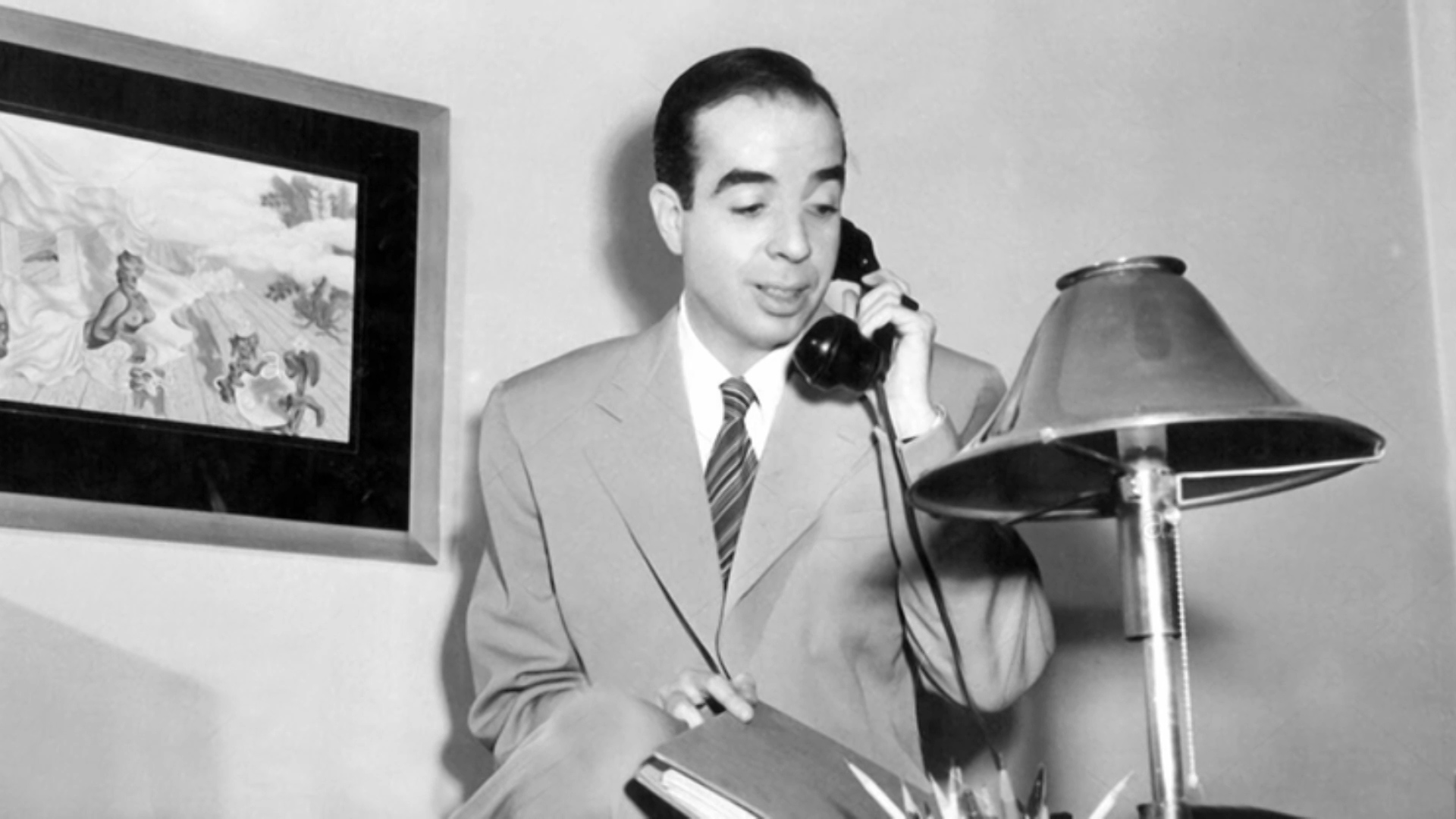
Vincente Minnelli, Movies that stay with you
How did Vincente Minnelli invent one of the great works of cinema? To answer this question, one must examine all of his films: the iconic musicals (such as “An American in Paris” and “Singin’ in the Rain”), the well-known comedies (“Father of the Bride,” “The Model and the Marriage Broker”), and the lesser-known ones (“The Long, Long Trailer,” “The Pirate”), as well as the acclaimed melodramas (“Some Came Running,” “The Bad and the Beautiful”) and the less fortunate ones (“The Four Horsemen of the Apocalypse”). It’s also necessary to analyze the journey of a filmmaker whose first film dates back to 1943 and whose last was made in 1976.
Dreams play a significant role in this story, with dance being a central element. However, literature, television, war, and childhood also contribute to the narrative. For someone once considered MGM’s prodigy, Minnelli’s private life was marked by the challenges of a complicated marriage to the star Judy Garland and his bisexuality in a deeply homophobic Hollywood.
